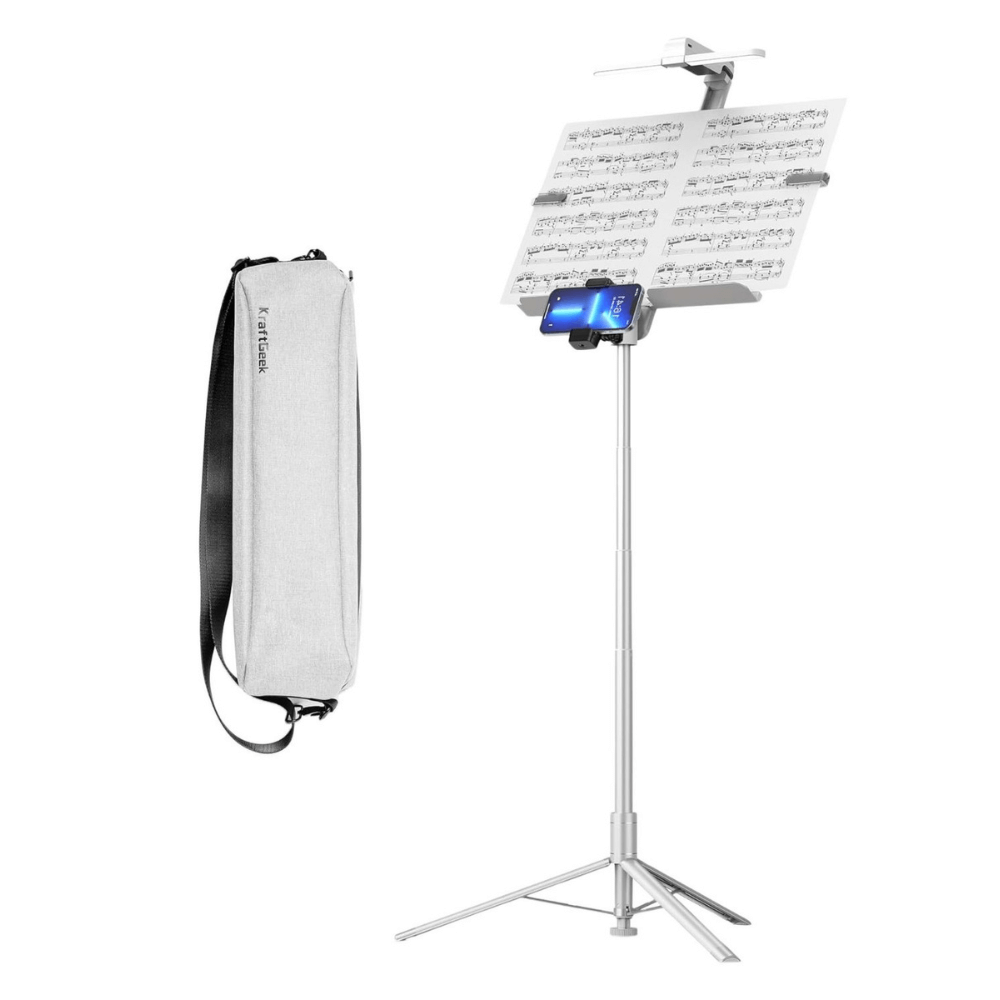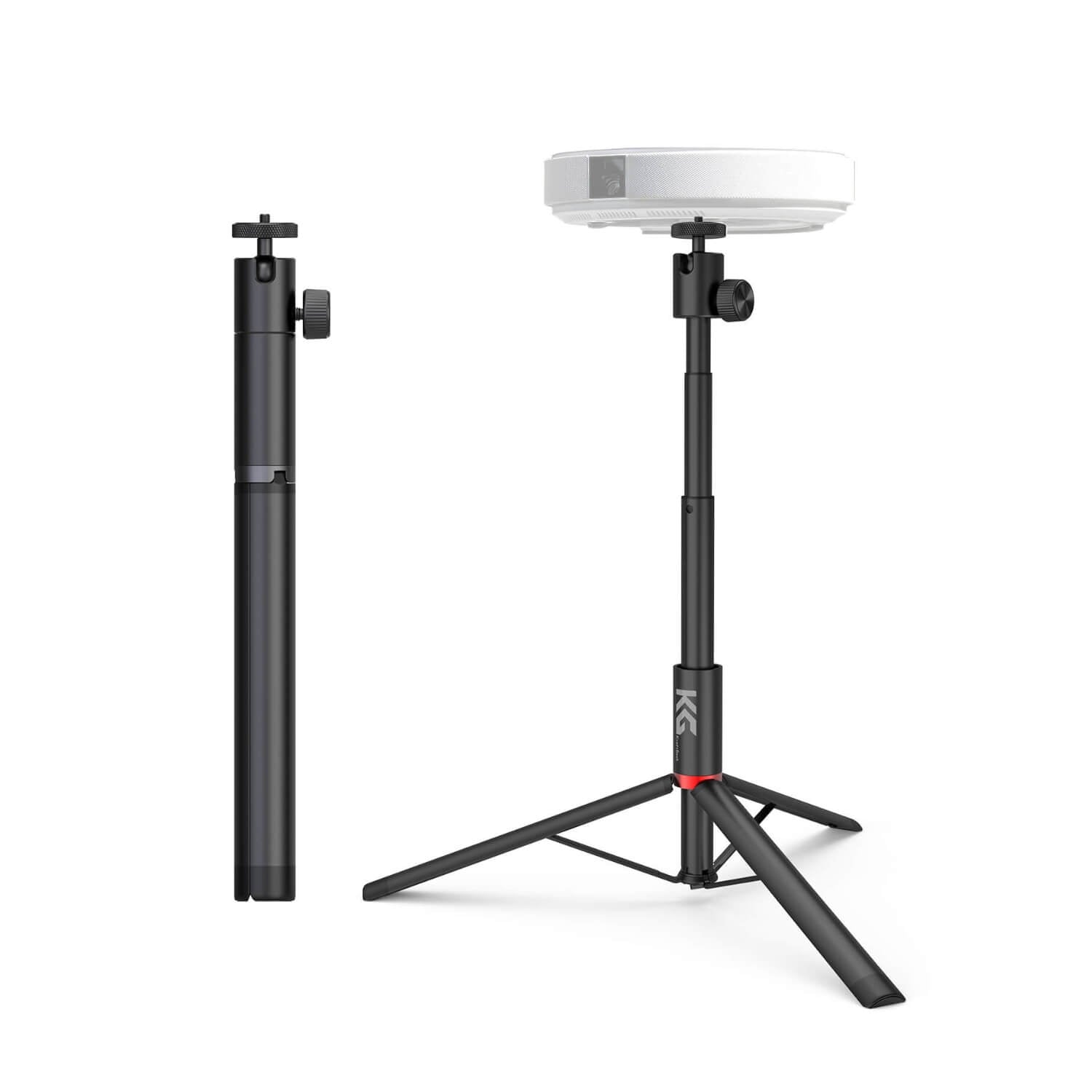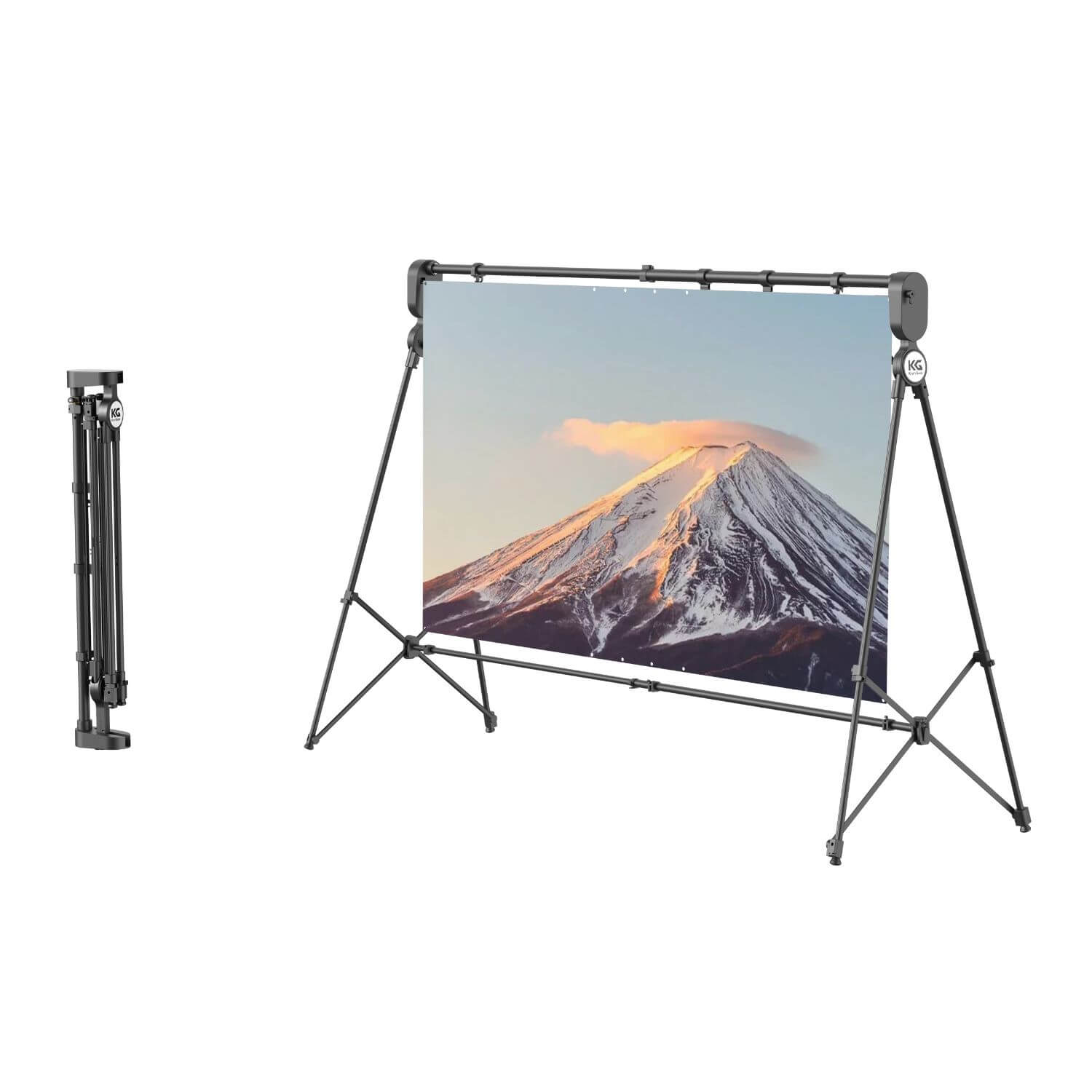The violin and viola, the two striking string instruments, feature some specific attributes which separate them. Although both have common architecture and construction methods, getting to know their differences is key in developing musical performance skills and for the enthusiasts.
Historical Context
The origin of the violin and the viola can be traced to the early stringed instruments of the Renaissance and the Baroque era. The foundation for the building and playing techniques as well as for the repertoire of modern violin and viola was been put by instruments such as the rebab, lira da braccio, and viola da gamba.

The violin and viola became dominant instruments in popular music genres, chamber music, consort ensembles, and orchestral performances in the Renaissance and Baroque eras. The only instruments they needed were the beautiful voices combined with their expressive capabilities to help the composers explore the full spectrum of emotions and moods in the music of that time.
The arrival of accomplished virtuosos and celebrated composers like Antonio Vivaldi, Johann Sebastian Bach, and Wolfgang Amadeus Mozart gave the violin and the viola an even more special place in music history that has been immortalized with the inspiration masterpieces that never fail to fascinate a modern audience.
Bow Design and Technique
Both the violin’s and the viola’s bows have their hairs made from synthetic or horsehair fiber and their handle made from either wood or carbon fiber. The bow's "frog," which is situated at the bottom part, plays the role of a hand-anchor and for some tension adjustment.

Even though all the violins and violas bows have similarities, they are slightly different in design to make it possible for each instrument to deal with the specific tasks of their use.
Violin
The bows of a violin are longer and thinner than viola bows which stand in contrast with the loose tension on violin strings being thinner. This construction enables exact articulation and subtle qualifications so violin bows are personally ideal for melody-driven solo fragments and intricate passages.
Viola
Viola bows tend to be shorter and slightly heavier, providing the additional weight and power necessary to draw a rich, resonant tone from the instrument's thicker strings. The frog shape also varies between violin and viola bows, the latter, having a more pronounced curve in order to help achieve and maintain a stable grip, as well as, a controlled bowing motion.
Size
Violin
The violin usually stands 36 cm tall, classifying it as the smallest family of orchestral string instruments. This really small size does not simply mean that the instrument is quick and easy to play but that its sound is crisp and truly piercing as well.
The tight hand of the violin allows for rapid response and skilled finger work which considerations it for this exertion and fancy runs as well as complicated melodies. Furthermore, violin sizing guidelines, spanning from fractional sizes like 1/16 to full size, guarantee that youngsters and individuals with various body structures are able to acquire an instrument that is properly scaled for comfort, consequently preventing improper stance from an early age.
Viola
The viola boasts a slightly larger frame, with typical dimensions falling between 39 and 41cm in length. This increased size results in a deeper, more resonant sound characterized by warmth and richness. The additional volume of the viola's body allows for greater air displacement, producing a more robust sound projection that can anchor the lower registers of the ensemble.
While viola sizing conventions may vary, often utilizing inches rather than fractions, such as the Stentor Student 2 13 inches, ensuring a proper fit is crucial to maximizing comfort and playability. Despite its larger size, the viola offers its own unique charm and expressive capabilities, making it an indispensable component of chamber ensembles and orchestral settings alike.
Sound Characteristics
Violin
The violin in contrast to the bulkier instruments such as the piano has a smaller size and light strings that are able to produce a bright, clear tone that goes well with the incredibly melodious parts and virtuosic passages. This volume facilitates the violin's ability to cut through an ensemble's texture and project its sound evenly and precisely while being perfect for solo parts and the preparation of prominent melodies.
Viola
Compared to the violin, the viola is larger in size and the strings are also thicker which contributes to a warm, resonant undertone. The viola's timbre stands out among other instruments in the orchestra due to its ability to create a unique impression of depth and complexity, which in turn benefits the sound and general mood of the music.
String Configuration
It's crucial to note that both violins and violas are tuned in fifths, adhering to the same tuning interval. However, the starting pitch differs between the two instruments, leading to distinct tuning patterns.
Some violins have violins are generally tuned in G-D-A-E but the violas can be started one-fifth lower; they are tuned in C-G-D-A. It is not just the scope of the notes each instrument can reproduce but also the resulting musical tone and possibilities of harmonization which varies from one tuning system to another.

Beyond tuning, the choice of string materials plays a significant role in shaping the sound of the violin and viola. While both instruments can utilize strings made from synthetic cores with metal winding, the size and tension of the strings differ between violins and violas.
Violin strings are generally lighter in tension and shorter and thinner in diameter compared to viola strings. These differences in design result in varying levels of responsiveness and depth of tone production.
Notation and Clefs
Violin
The majority of violinists around the world rely on the treble clef (commonly known as the G clef) as the primary clef used to notate their music. The treble clef which signifies the note G that falls on the second staff line is located, is the treble clef.
This sort of clef lends itself to higher pitches inhabiting the violin's range, thus violinists can read and follow the music easily. Violinists would learn to spot their parts from the treble clef symbol at the beginning of the staff when placing their music sheets on a music stand or music sheet stand.
Viola
Violists commonly encounter the alto clef when reading their music notation. Positioned on the middle line of the staff, the alto clef indicates that note C is located on that line, serving as a reference point for reading and interpreting music written for the viola.
While less frequently used than the treble clef, the alto clef is essential for accommodating the viola's lower pitch range and ensuring accurate representation of musical pitches. When placing their music sheets on a music stand or music sheet holder, violists can easily identify their parts by the presence of the alto clef at the beginning of the staff.
Role in Orchestras and Ensembles

Violin
In orchestral settings, violins often occupy a prominent position as the "first violin" section, positioned stage right from the audience's perspective. As the highest-pitched instruments in the string family, violins play a crucial role in providing melodic and harmonic support to the ensemble.
They frequently carry the principal melody and thematic material, serving as the focal point of orchestral compositions. Furthermore, the first violin section either sets the tempo or gives the rhythmic impulse for the ensemble as they follow the conductor's cues. Violinists will remain seated and place their instruments on a violin stand during the times when they are not playing in order to be able to reach the instrument quickly when needed.
Viola
The position of the violas in the orchestra is in the center, that is, between the spot where the cellos are and the spot where the violins are. What a desirable location speaks volumes about the viola as a connecting link among the higher- and lower-pitched strings.
As the vital tone settler of the orchestra, the violas have a twofold function; they fill out the mid-range of the ensemble's sound and offer essential harmonic support. While less frequently featured in solo passages compared to violins, violas often play integral roles in creating lush textures and intricate counterpoint within orchestral compositions.
Due to the slower articulation of their thicker strings, violists must pay close attention to the conductor's cues and maintain precise coordination with their fellow instrumentalists to ensure seamless ensemble performance.
Product Recommendations
Conclusion
Although a violin bewitches us with its bright sound, graceful movement, and soloistic parts, a viola mesmerizes us with its deep voice, and rich timber, combined with its necessary bass or alto support. Whether it is in the form of virtuosic solos or intricate harmonic lines, violinists and violists play an important role in contributing to the musical narrative as well as the emotional engagement with the audience as a way from an abstract form of art to a more interpretative one.










